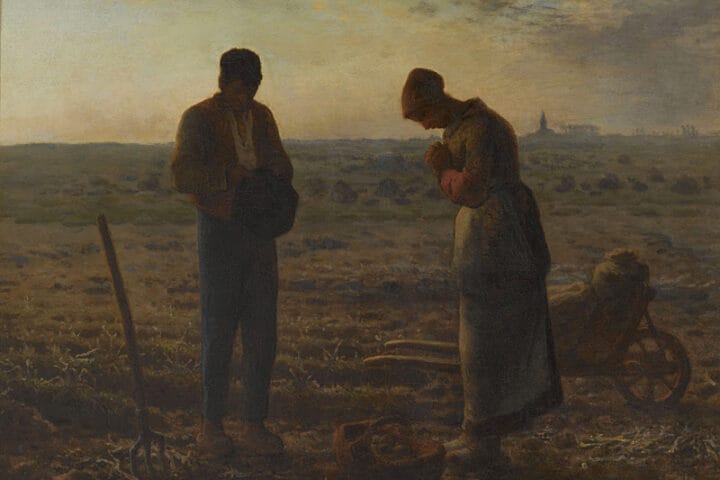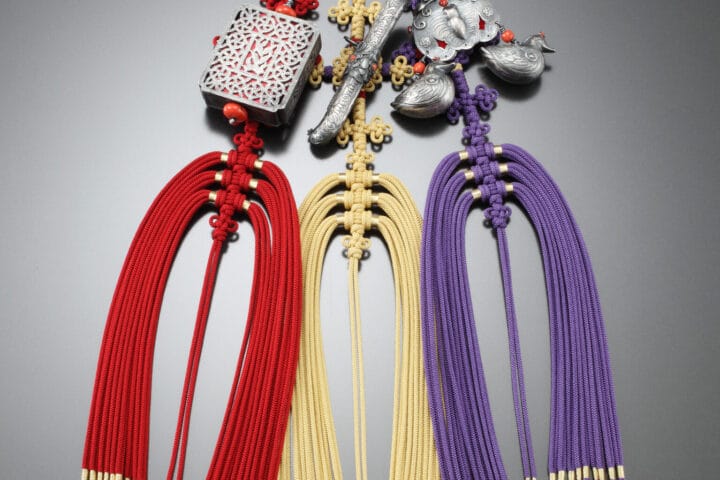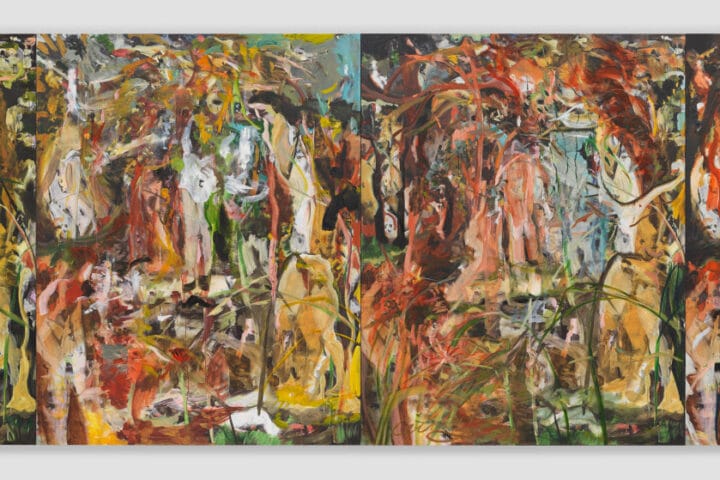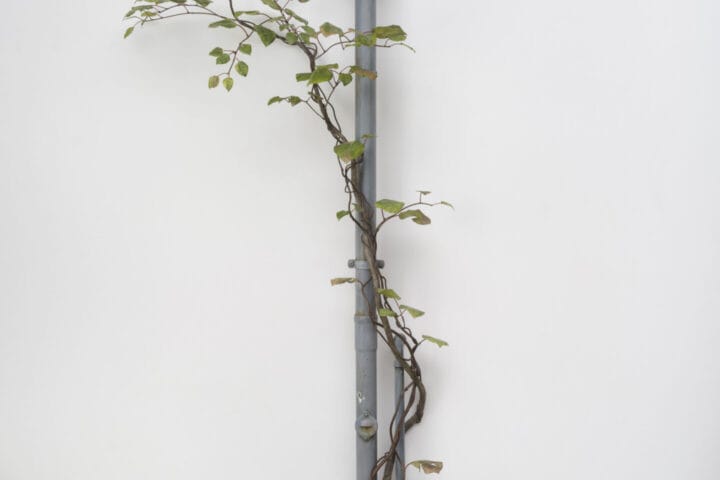New York – Pace is pleased to present an exhibition of recent work by Robert Mangold—who for over six decades has investigated the possibilities of shape, line, and color as they relate to painting—at its 540 West 25th Street gallery in New York. Featuring new paintings and a related presentation of works on paper, this exhibition will be on view from May 6 through June 11.
Mangold has been a key figure in painting since the 1960s. Exploring the fundamental elements of composition, the artist has created boundary-pushing geometric abstractions on shaped canvases that charted new frontiers within the medium. Mangold is part of a legacy forged with other major figures of Conceptualism and Minimalism, including his close friends Sol LeWitt and Robert Ryman and his wife Sylvia Plimack Mangold.
In his latest exhibition at Pace, Mangold, whose first exhibition with the gallery was 30 years ago in 1992, will show Plane Structure paintings created between 2019 and 2022. These works feature broad planes of color across canvases of diverse shapes and sizes, reflecting a continuing engagement with color, line, and shape—and the effect these elements can have on each other—that has defined Mangold’s practice for over 60 years. As with preceding series, Mangold’s new paintings are a clear part of his continuous evolution. The paintings in Pace’s exhibition build directly upon Mangold’s most recent bodies of work while also reaching back to his earliest experimentations with color and form, symmetry and asymmetry, and notions of wholeness and fragmentation. These paintings elaborate on the works Mangold exhibited with Pace in 2020, simultaneously harkening back to the visual language the artist developed in the 1960s.
Included in this show are Plane Structure 7 (2021) and Plane Structure 8 (2021), two diagonally oriented paintings that seem to be in motion, propelling themselves up the gallery wall by way of their shapeshifting structures. Notably, these works—along with Curved Plane Structure 1 (2020), Plane Structure 6 (2022), and Plane Structure 9 (2022)—lack drawn elements. Since 2018, the artist has experimented with works free of drawing, breaking from his longstanding practice of incorporating line into his canvases. These recent paintings directly relate to Mangold’s earliest mature works that also had no drawing, examples of which are in the collections of the National Gallery of Art —Yellow Wall (Section I +II) (1964)—and Tate—Red Wall (1964). The undifferentiated surfaces of Mangold’s recent works give viewers only color and the physical form of the canvas but cleverly exploit their basic sense of perception to imply depth and dynamic movement. These illusory effects are more explicit in works with hand-drawn lines, such as Plane Structure 4 (2020) and Plane Structure 5 (2020), wherein the shapes of the canvas in combination with the lines can give the sense of the paintings extending into multiple dimensional planes.
A group of works on paper, which will be on view in the gallery’s library as part of a separate installation of related work, sheds light on a crucial aspect of Mangold’s process-based, contemplative practice. The artist often uses these works to parse his vision for a painting. He wrote in 1988 that these pieces “are where the ideas are worked out and most of the important decisions are made, the momentum from them carry me into the painting.” These works offer a more intimate experience of Mangold’s abstractions.
In an essay for a new catalogue produced by Pace Publishing to accompany the exhibition, art historian Richard Shiff writes, “The current of Mangold’s productivity flows faster than my cognitive capacities allow me to follow, so that each work arrives on my phenomenological horizon with a frisson of perceptual challenge. Every viewing holds surprise.”
Robert Mangold (b. 1937, North Tonawanda, New York) has, since the 1950s, explored line and color on supports ranging in shape, size, and dimension. Committed to abstraction as a means of communication, he has worked within a consistent geometric vocabulary to produce a varied body of paintings and works on paper. His career has developed through an evolution of techniques for the application of paint onto his chosen surface—first plywood and masonite, and later, beginning in 1968, stretched canvas. Moving away from the conventions of paintings, he introduced shaped canvases, working with symmetrical and asymmetrical forms as well as curvilinear edges. For his early shaped and multi-panel constructions, Mangold airbrushed oil-based pigments in gradations of color, and later used a roller before ultimately adopting a brush to apply acrylic in subtle hues that near transparency. He remained intrigued by color as much as structure, and his relationship with it shifted throughout the decades. His initial palette, inspired by industrial objects—file cabinets, brick walls, and trucks—transitioned toward colors that evoke mood: warm ochres, light blues, deep oranges, olive greens, and other hues. Mangold’s mostly monochromatic compositions show an attention to gesture with the addition of hand-drawn pencil lines that curve across the planes of color.










